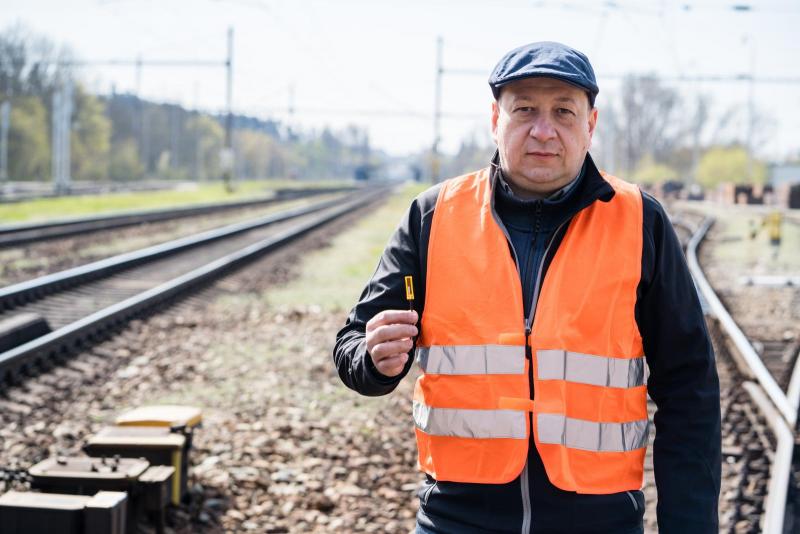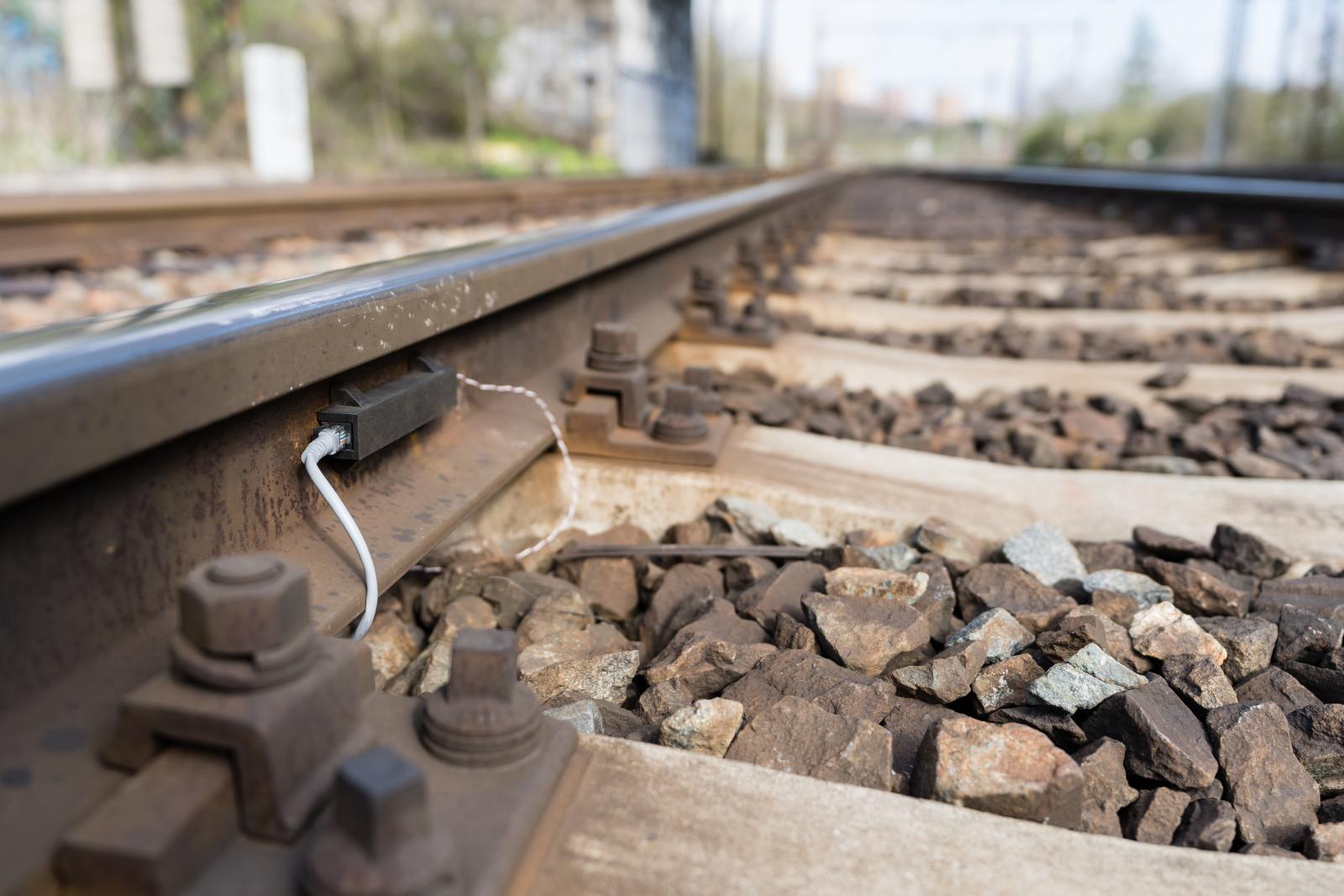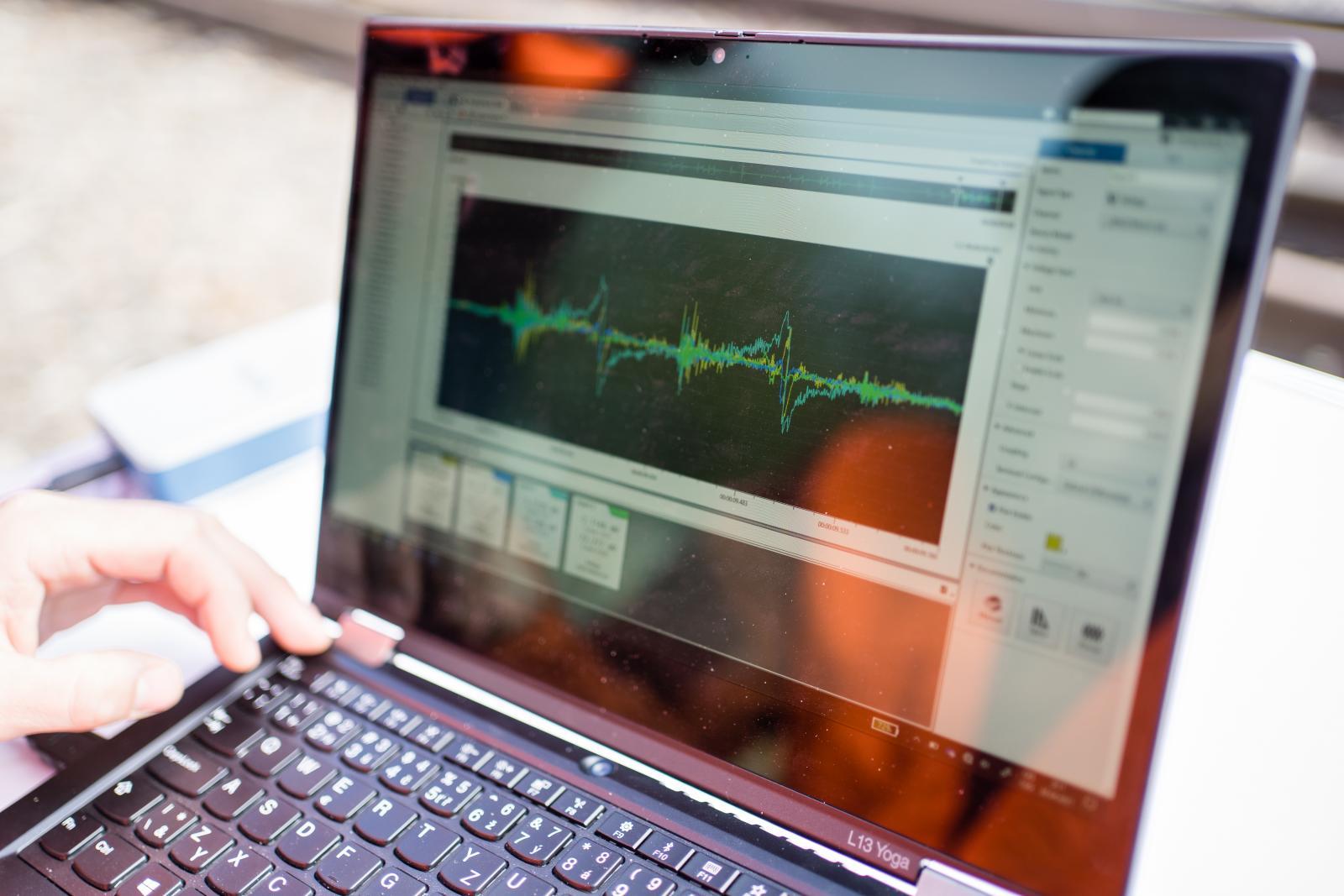Ideas and discoveries
The Czech Republic developed the "Smart Track". It exposes a damaged train and is also tested in Taiwan

A set of elements made of special materials and electronics can turn an ordinary track into a "smart" one in a few tens of minutes. The joint project of the Czech companies ALIS Tech, Railway Inspection and the Faculty of Mechanical Engineering of BUT in Brno was originally supposed to help with the maintenance of risky places on the track or to serve as an early warning system. In addition to diagnosing the condition of the track, the experts in the team are now focusing on developing solutions that would help detect damage to passing trains and reduce the cost of their repair or prevent an accident.
In the spring of 2021, experts presented smart sensors for railways, which can help with the maintenance of risky places on the track or serve as an early warning system, for example, in the event of a landslide on the track. "Two years of testing confirmed to us that the technology works reliably. We put the system into test operation on a private track of a large industrial company in the Czech Republic and on a regional track in Taiwan," Zdeněk Hadaš from the Institute of Solid Mechanics, Mechatronics and Biomechanics of the BUT Faculty of Mechanical Engineering in Brno said.

Thanks to long-term testing, the researchers have already obtained an extensive data set of recorded train passages. Artificial intelligence looks for track parameters, with the help of which algorithms now monitor the condition of the track and compare the data so that it is possible to intervene in time, for example, in the event of a change in the condition of the subsoil, an impending defect or heavy wear. "This is the so-called predictive maintenance, for which we originally designed the system. With the help of special sensors, we can turn an ordinary track into a smart one," Pavel Stachiv from the company Railway Inspection says.
"Through other electronics, we send data via the Internet of Things to cloud storage, which is subsequently processed. We have tested that the system works without problems, in winter and summer. Sending data from Taiwan is also functional, we have the data from the track there in the cloud in a fraction of a second," Michal Růžička from ALIS Tech adds.

During the development, the Czech team came across another possibility to use the system, namely for monitoring passing rail vehicles. The sensors are very sensitive, so they can recognize even if one of the trains deviates from the normal technical standard. The goal is now to create a solution that automates diagnostics. The use of such diagnostics is important not only for trains, but also for trams in cities, because damaged rolling stock destroys the track, and vice versa, a damaged track in turn destroys rolling stock.
The sensors could have a number of other uses, and the research team believes there will be a lot of interest in this world-unique system. Further development and testing of the algorithm will take another two to three years. They are currently looking for new partners who would be interested in participating in the development of the sensory system. As part of the March mission, led by the Speaker of the Chamber of Deputies to Taiwan, the project was also presented there, for example, because the implementation of high-tech solutions in practice is at a much higher level in Taiwan than in Europe. Currently, the team is applying for a research project at the Technological Agency of the Czech Republic, which would help them with development.
The project entitled Affordable smart sensing system for railways 4.0, project number TM01000016 was co-financed with the state support of the Technology Agency of the Czech Republic within the DELTA 2 Programme for the Support of Applied Research, Experimental Development and Innovation.
Student with two faces. Only one was imprinted in bronze
For cleaner and "greener sky"
František Pochylý: Don't look in your drawer!
No space for errors. Internship in a space company forces BUT students to change their thinking
Robots are meant to help us, not replace us, says Stanislav Věchet